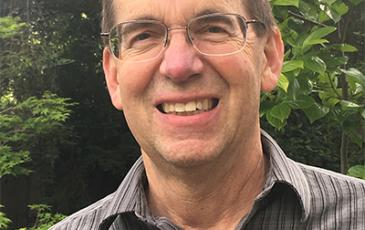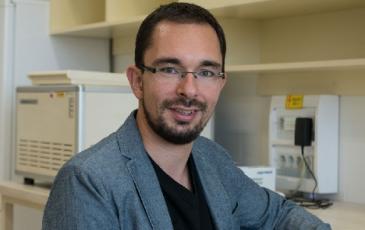Past PMB Seminars
For a schedule of all Plant & Microbial Biology events, seminars, and lectures visit our calendar.
Neelima Sinha: Molecular basis for tomato resistance to the parasitic plant Cuscuta
Parasitic angiosperms directly attach to host plants using specialized organs known as haustoria, which function as physiological bridges to extract nutrients and water from their hosts. Cuscuta species (dodders) are common and agriculturally destructive flowering stem parasitic plants. Many Cuscuta species are significant agricultural pests leading to crop yield upon infestation.Because of the...
Calcium signalling in response to stress in plants
Abiotic and biotic environmental stimuli are sensed and transduced by signalling networks in plants leading to an appropriate pattern of protective gene expression. My lab is interested in how calcium, involved in response to so many different primary signals, can encode specific information to elicit the correct downstream responses. The calcium signature hypothesis states that different...
Kabir Peay: [Taylor-White Lecture] Mycorrhizal fungi and the future of forests in a changing climate
Kabir Peay’s research is filling critical gaps in our understanding of how mycorrhizal fungi respond to climate change through his use of large-scale DNA sequencing, biogeographic modeling, and manipulative experiments. Mutualisms forged by mycorrhizal fungi critically affect the resistance and resilience of forest trees faced with climate change, which impacts the carbon cycle through effects on...
J. Clark Lagarias: [Arnon Lecture] Bilins Everywhere: More than light harvesting
My lecture will focus on the origins, biochemistry and evolution of this diversity and will touch upon the surprising evidence that oxygenic photosynthesis is dependent on bilins for sustained chlorophyll synthesis in an oxic world.
Arpita Bose: Exploring the electric side of photosynthesis
The Bose lab studies microbial metabolisms and their influence on biogeochemical cycling using a transdisciplinary approach. We apply the knowledge we gain to generate new ways of addressing issues such climate change, sustainability, and the circular economy. My lab’s recent work has focused on the ability of microbes to use solid-phase conductive materials as electron donors. The ability to use...
Marie Elliot: Maverick microbes: communication, competition, and the need for speed during "Streptomyces" exploration
"Streptomyces" bacteria are abundant in the soil and are best known for their complex life cycle and their ability to make a wide range of bioactive (specialized) metabolites. We recently discovered a new mode of growth termed ‘exploration’, in which "Streptomyces" colonies expand rapidly across solid surfaces. This new developmental trajectory raised many questions, including how this rapid...
Adrienne H. K. Roeder: Stochasticity and Robustness in Arabidopsis sepal development
Robustness in organ development is the formation of the reproducible organ sizes and shapes despite perturbations in the environment, stochastic (or random) gene expression, and cellular variability. Development is remarkably robust, producing plant organs such as leaves and sepals with the same size and shape repeatedly from individual to individual. Yet, these reproducible organs are composed...
Dianne K. Newman: [Kustu Lecture] Context matters: agathokakological roles for redox-active "antibiotics"
In this talk, Dr. Newman will explain what "agathokakological" means and how this word can help us understand the varied roles microbially-produced redox active metabolites play in diverse contexts, from the soil to chronic human infections. These compounds, many of which are striking pigments that change color when they are oxidized or reduced, can serve as toxins or as lifelines for the cells...
László G. Nagy: Evolution repeats itself in fungal morphogenetic transitions
In the talk I will highlight two convergent transitions in complexity level in fungi, the emergence of complex multicellularity and the reductive evolution of unicellular yeast-like fungi; and will explore how these transitions can be used to learn something about the general principles of convergent evolution.
[POSTPONED] The microbiomes of Amazon peatlands: their role and interactions in GHG dynamics
Amazon peatlands are ecosystems where the interplay of microbes and plants can have profound consequences for soil C and GHG dynamics. Although their geographic mapping is still progressing, Amazon peatlands already represent a major soil carbon reservoir (>7 Gt). The increase, stability, or degradation of their above and below ground C pools affects the regional dynamics of atmospheric GHGs...











